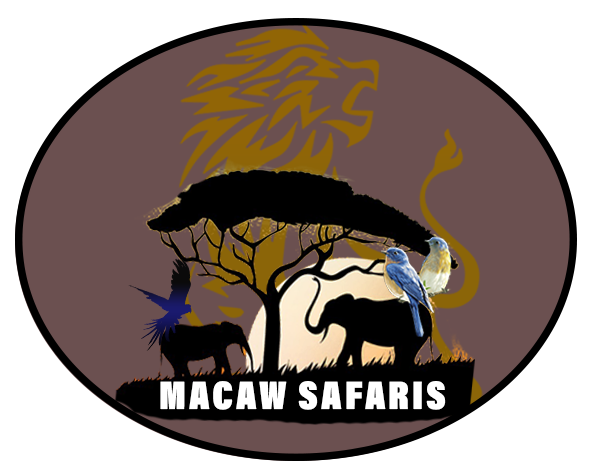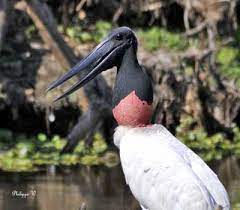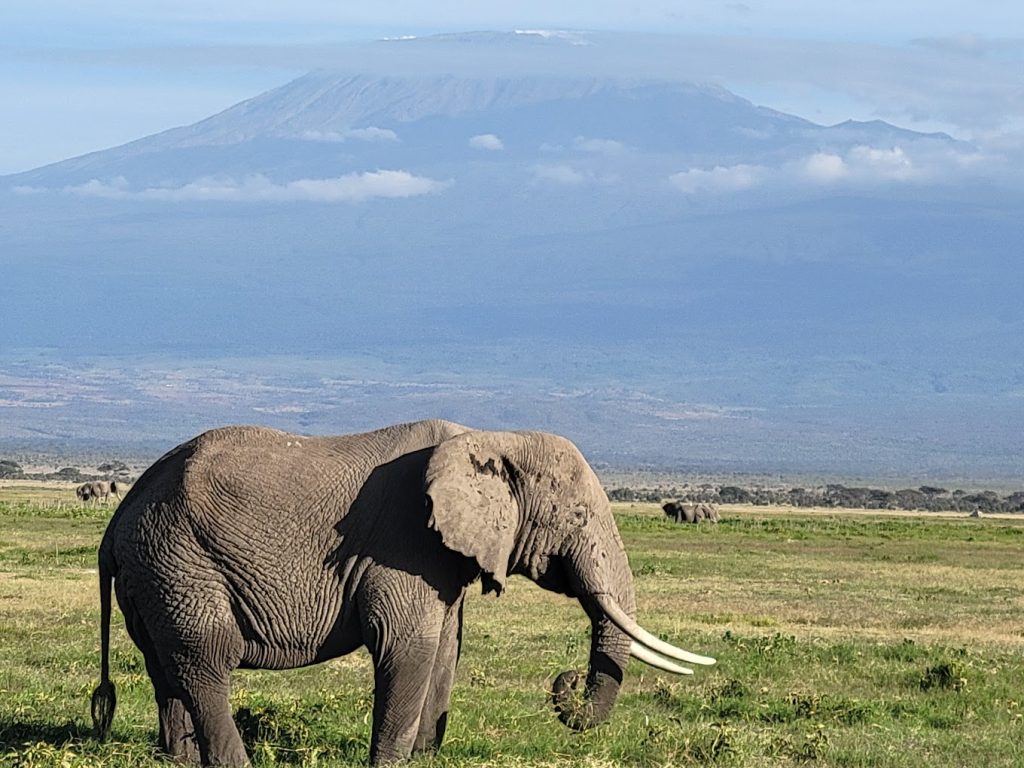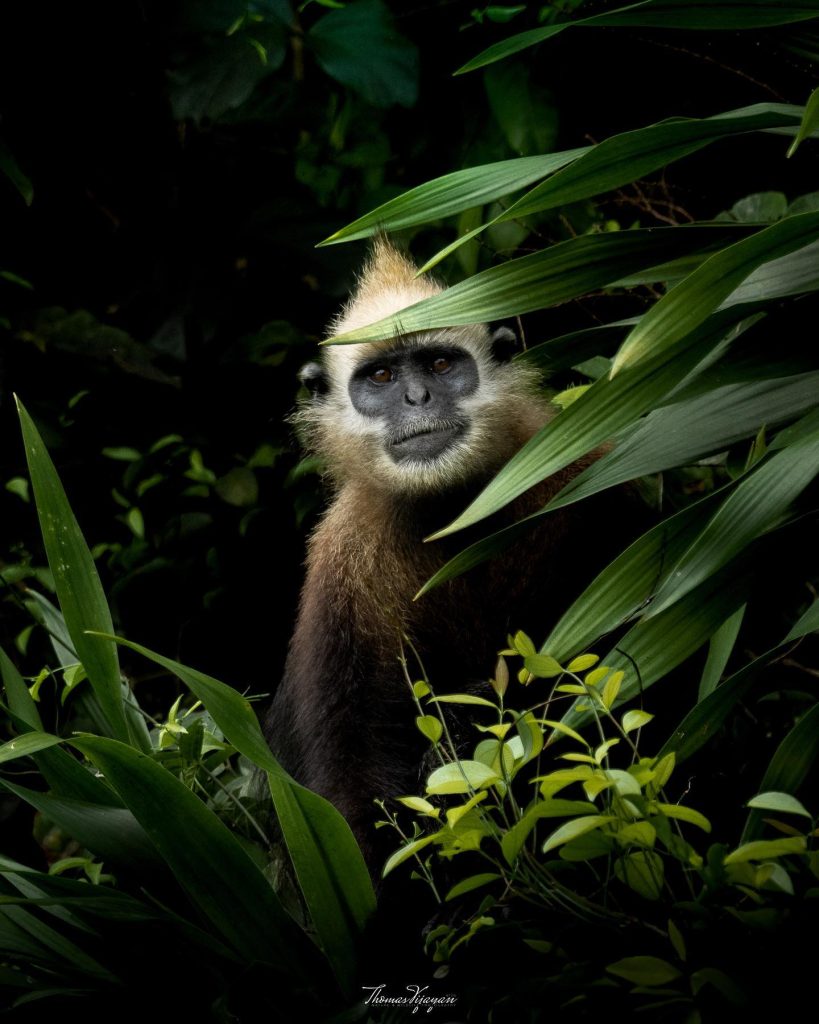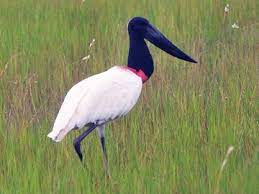
The Jabiru bird (Jabiru mycteria) is the tallest flying bird in the Americas and one of the most iconic stork species in the world. With its massive size, striking appearance, and preference for wetland habitats, the Jabiru is a fascinating species that draws birdwatchers and nature lovers to the rivers and marshes of Central and South America.
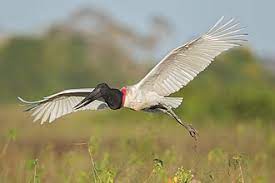
Distinctive Features of the Jabiru
Standing up to 5 feet tall with a wingspan over 9 feet, the Jabiru bird is instantly recognizable. It has a white body, black head and neck, and a bright red throat pouch that inflates during courtship displays. Unlike most birds, the Jabiru does not have a voice box and communicates mainly through bill-clattering sounds.
Its powerful, long black beak is perfect for catching fish, frogs, and small reptiles, making it a skilled hunter in shallow waters.
Habitat and Range
The Jabiru is commonly found in wetlands, marshes, and riverbanks across Central America, the Pantanal region of Brazil, Paraguay, and northern Argentina. It builds massive stick nests high in trees, often reused and enlarged year after year.
Jabiru Bird Conservation Status
The Jabiru is currently listed as Least Concern by the IUCN, but its populations are sensitive to habitat destruction, especially from drainage of wetlands and pollution. Conservation efforts focus on protecting wetland ecosystems and promoting sustainable land use in regions where Jabirus breed and feed.
Why the Jabiru Bird Matters
The Jabiru plays a vital role in its ecosystem by helping control fish and amphibian populations and indicating the health of wetland habitats. As a keystone species, its presence reflects the overall well-being of its environment.
The Jabiru bird is a powerful symbol of biodiversity and wetland conservation. Whether seen soaring gracefully over the Pantanal or feeding along a tropical riverbank, this giant stork reminds us of the beauty and importance of preserving natural habitats.
